
Tea is not only a beverage but a central element in various rituals and social activities across cultures. Beyond its taste, tea embodies a form of artistic expression. When selecting a teapot, many people focus on its aesthetics and ease of use. However, it’s important to also consider its functionality based on the purpose of brewing. Whether it’s for loose leaf tea, tea bags, or preparing matcha, the type of teapot can significantly impact the tea’s flavor and your overall experience.
Teapots come in various materials, including ceramic, glass, cast iron, and stainless steel, and each material offers unique qualities that affect tea preparation. For example, ceramic teapots, often porcelain, are ideal for brewing mild teas such as green tea, oolong, and delicate black teas like Darjeeling. Cast iron teapots, which heat quickly and retain warmth, are traditionally used in Japan for boiling water and brewing stronger teas like sencha. They also absorb flavors over time, enhancing the taste with repeated use.
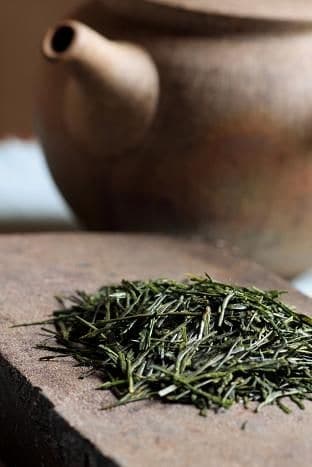
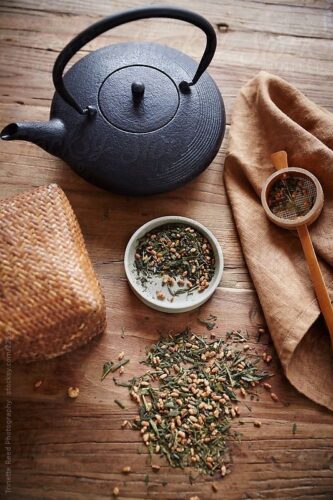
When brewing loose tea, the tea strainer that accompanies the teapot is crucial. A fine mesh strainer prevents tea leaves from leaking into the cup, preserving the clarity and taste of the tea. Without it, the experience can be compromised.
Glass teapots, while beautiful and perfect for showcasing blooming teas, are not the best for heat retention and are more prone to staining. However, their transparency allows you to appreciate the tea leaves unfurling, and many come with a warmer to maintain the temperature.
Unglazed clay teapots are particularly valued for their ability to absorb the flavors and aromas of the tea, providing a richer brew over time. However, these should not be washed with dish soap, as they can absorb unwanted flavors. Simply rinsing with cold water after each use is recommended.
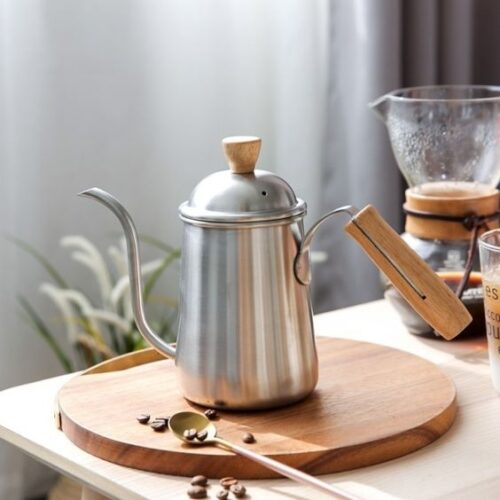
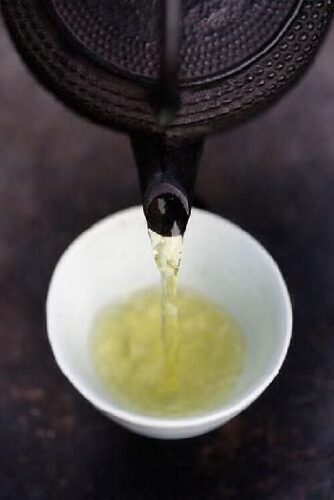
Teapots used in traditional Japanese tea ceremonies are carefully chosen to reflect the season or occasion, with designs that highlight the beauty of changing seasons. These teapots are an essential part of the ceremony’s cultural significance.
While the material and design of the teapot are important, the functionality of a good teapot cannot be overlooked. It should be lightweight, retain heat, and pour without dripping. A well-fitting lid is essential to ensure that it doesn’t fall off during pouring. Additionally, ceramic teapots should be well-balanced to allow for easy control of the pour.
The water temperature also plays a key role in making the perfect cup of tea. Different types of tea require different water temperatures: white and green teas should be brewed at around 85°C, oolong tea at 90°C, and black teas or puerh at 100°C.
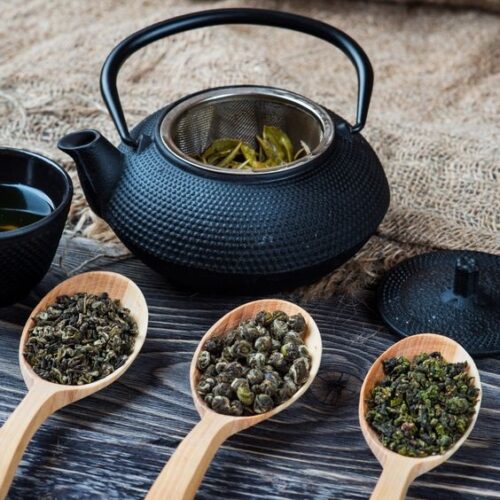
Before brewing, it’s essential to warm the teapot and cups with hot water. This step ensures that the water temperature remains consistent and that the tea’s flavor is fully extracted. Even with the correct water temperature, a cold teapot can cool the water too quickly, leading to a less flavorful brew.
Ultimately, selecting the right teapot for your needs and paying attention to small details will help enhance your tea experience.
